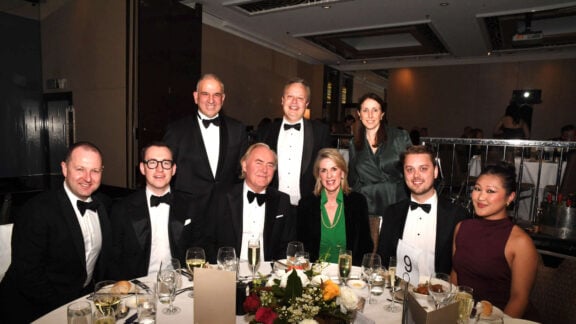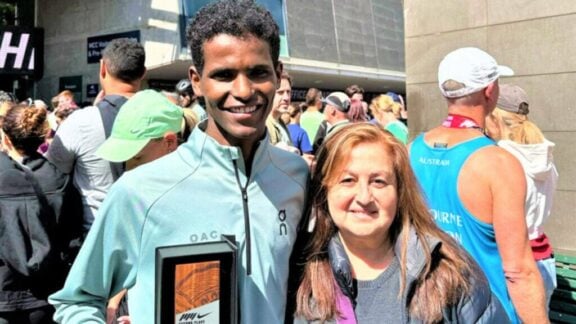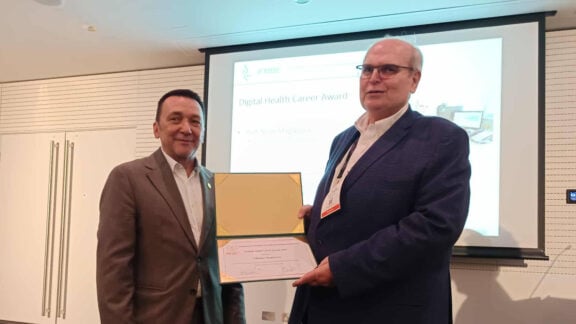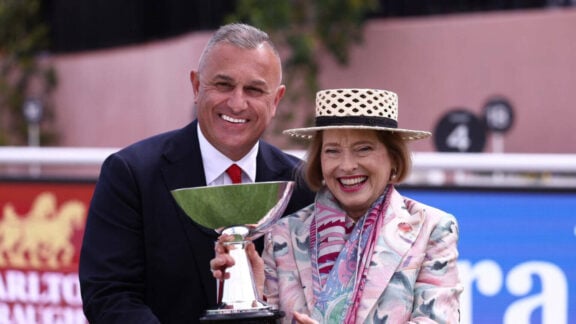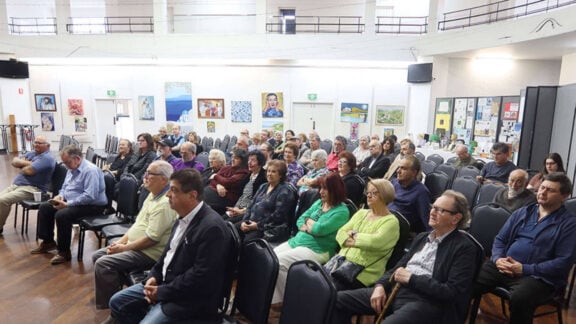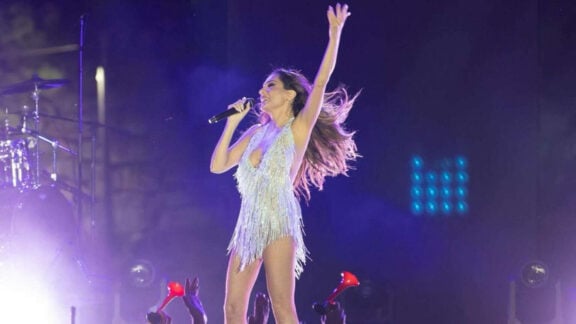When Aiva Anagnostiadis and Joanne Ciconte were born, 2007 and 2008 respectively, no woman had competed in Formula One for over 15 years.
And no woman has taken to the grid in the years since as the teenagers rise up the ranks from Melbourne go-kart tracks to the F1 Academy.
Italian racer Giovanna Amati was the last to do so, driving a Brabham in three events in 1992.
Even then, Amati had not started in a race – the last woman to have done that was Leila Lombardi in 1976.
Out of more than 700 F1 drivers in history, only five have been women.
None of the five are Australian, but both are out to change that.
Anagnostiadis wants to be an example for other young girls who dream of driving fast.
The F1 Academy was launched in 2023 to help develop women drivers hone their skills and progress into higher levels of competition.
It is run by Susie Wolff, the first woman to drive an F1 car at a race weekend in 22 years after participating in a practice session in 2014.
Anagnostiadis will race for British outfit Hitech Grand Prix.
In an interview with ABC Sport, she said the decision to become a racer came at the expense of her dancing, where she competed at national championships as a junior.
“It was one weekend where it was the club championship … and I had to make qualifying to win the championship,” Anagnostiadis told ABC Sport.
“And then I had nationals in Queensland that night. I had to fly over on the red eye in the morning and I made qualifying by two minutes.
“I think [my parents] sat me down like, alright, you have to pick one now because we can’t keep doing this.”
This week at the Grand Prix, there is a huge representation of female fans and the sport’s popularity boon is funnelling down the F1 pyramid with a rise in young female drivers.
“I think we’re one of the only countries with a 50-50 male-female split in support here at the Grand Prix,” Anagnostiadis said.
“So I think it’s great to see all the girls getting involved and actually following and backing not only boys, but like me and F1 Academy.
“I’ve had a couple of girls come up [to me]. I was actually a bit starstruck about it.”

Australian rally driver Molly Taylor could only praise Anagnostiadis and Ciconte, knowing just how hard it is to forge a path in motorsports.
Taylor became the youngest ever to claim an Australian Rally Championship in 2016, before winning the Extreme E World Championship in 2021.
She is the daughter of six-time Australian rally champion co-driver Coral Taylor.
“It is really hard – I know from personal experience – to make it in international motorsport,” Taylor told AAP.
“It is challenging in so many ways when you look at all the different things you need to put together to get the budgets and the support to go racing.
“These girls have to put in the work to make that happen so I’m really proud to see them have this opportunity and see them take it and run with it.”
The F1 Academy is one of a number of initiatives around the world to grow the participation of women in motorsports.
Motorsport Australia runs the FIA Girls on Track program, another initiative spearheaded by Wolff, which aims to encourage school-aged girls to grow interest in STEM subjects and industries.
“If they only see men on track, that perception (that women can’t be in motorsports) can be formed at a really young age,” Taylor said.
“When you don’t have a huge percentage of young girls at the grassroots level, statistically, it’s just really unlikely that one of that smaller percentage is going to make it through.
“One of the things that also influences the grassroots level is the visibility for young girls seeing women at the top, so it’s a little bit chicken and egg.
“That’s where things like the F1 Academy come into play – when young girls turn on the TV, they can see a pathway that’s possible for them.”
Anagnostiadis and Ciconte will make their F1 Academy debut at the season opener at Shanghai International Circuit starting on March 21.
With AAP


